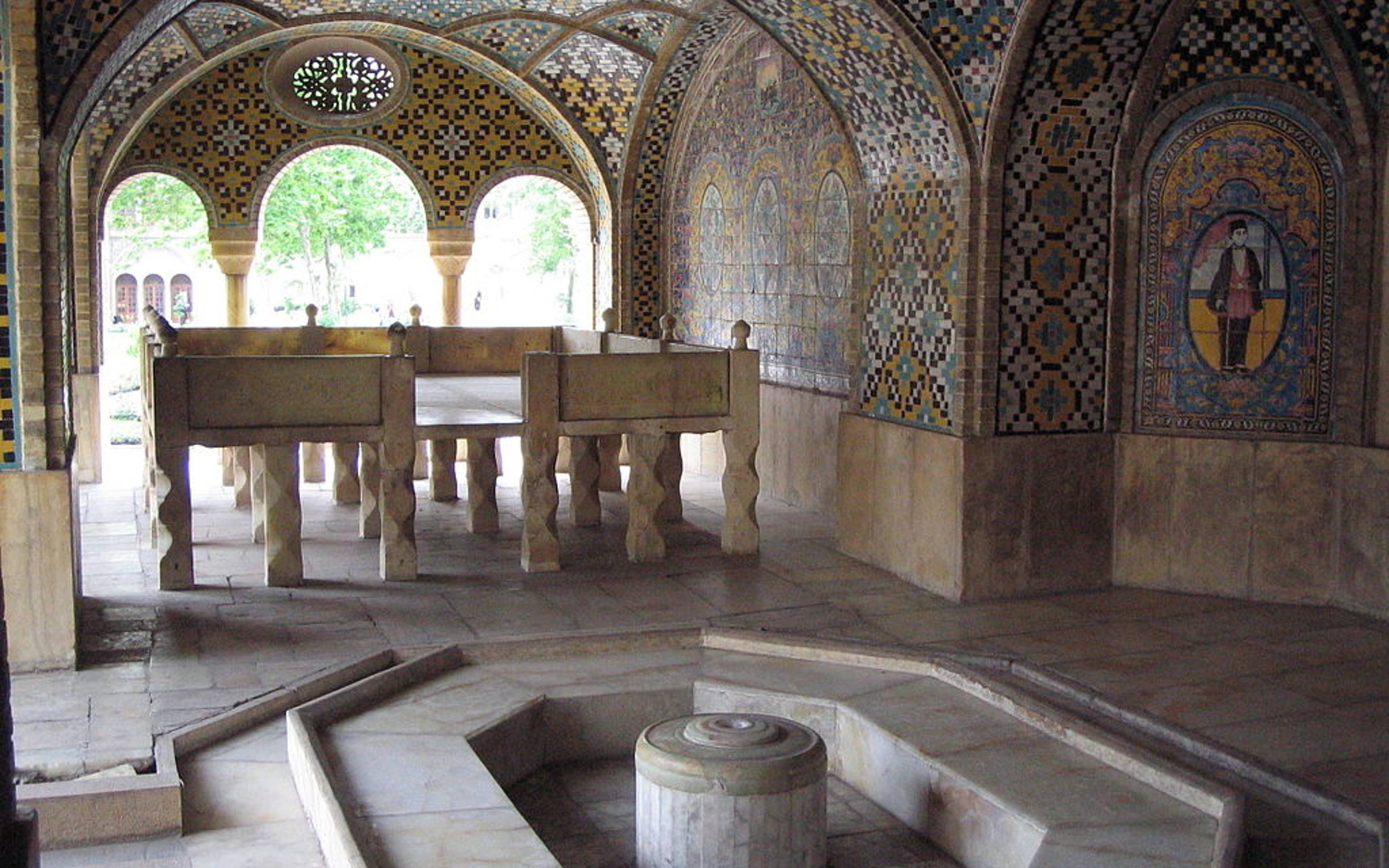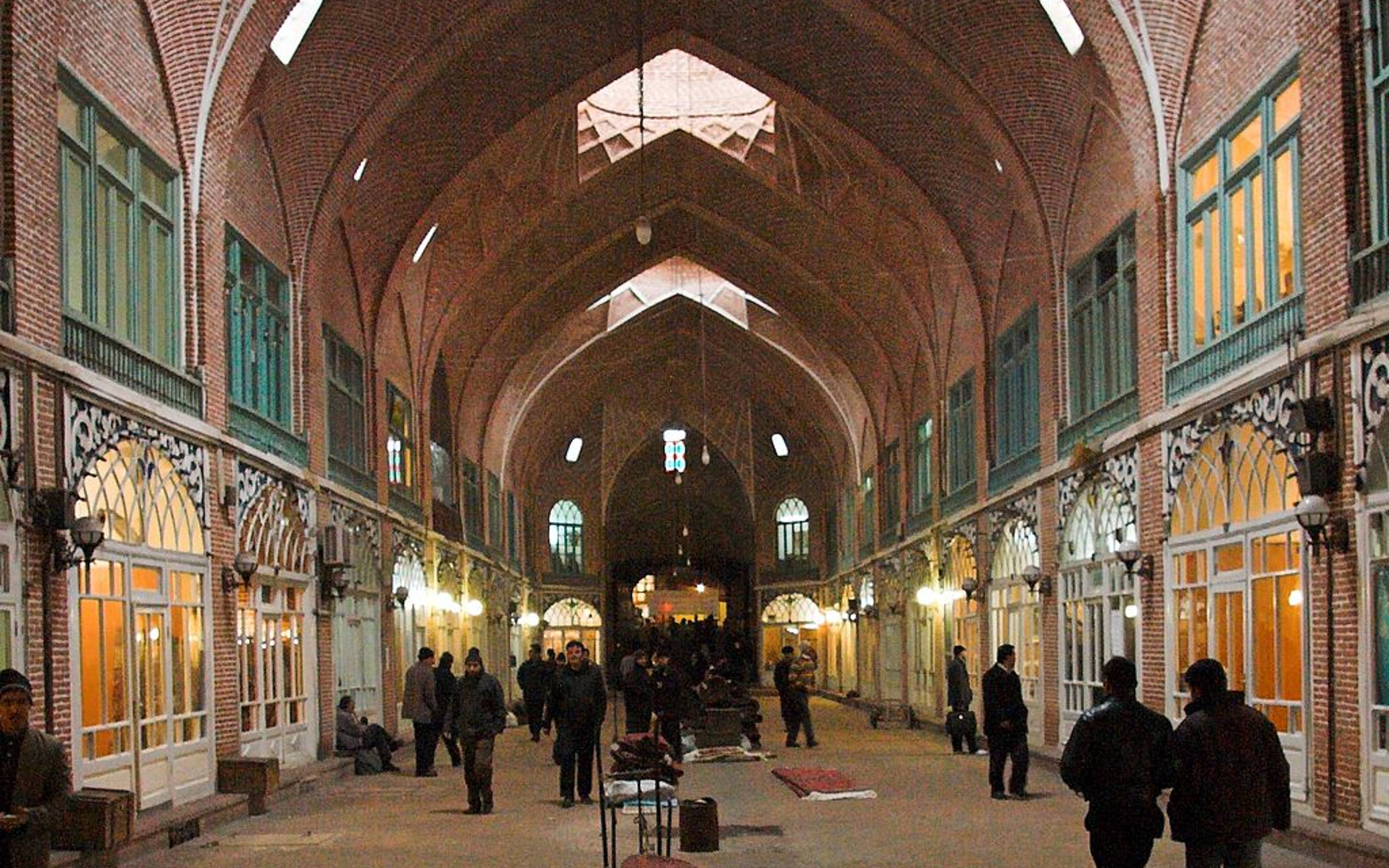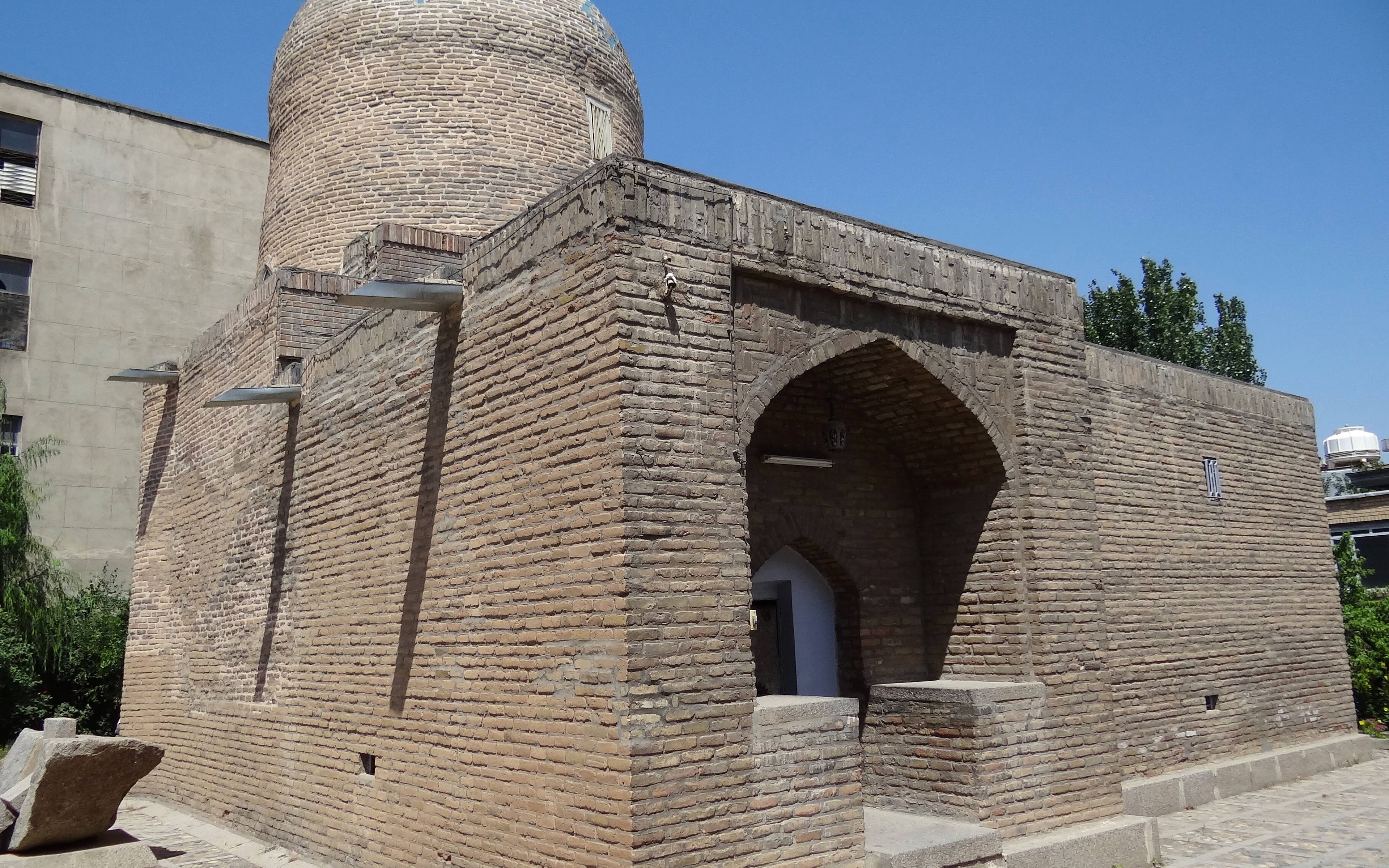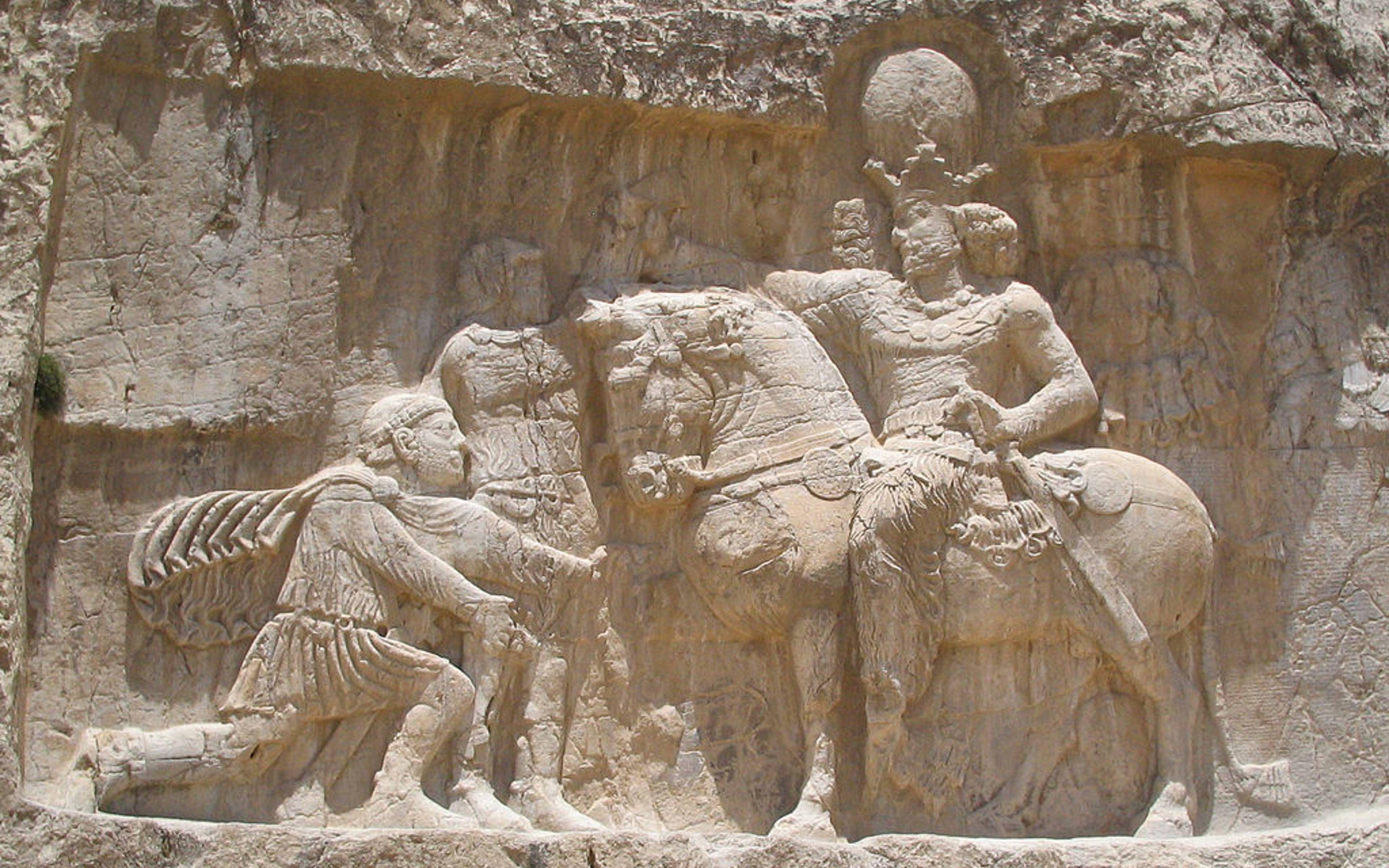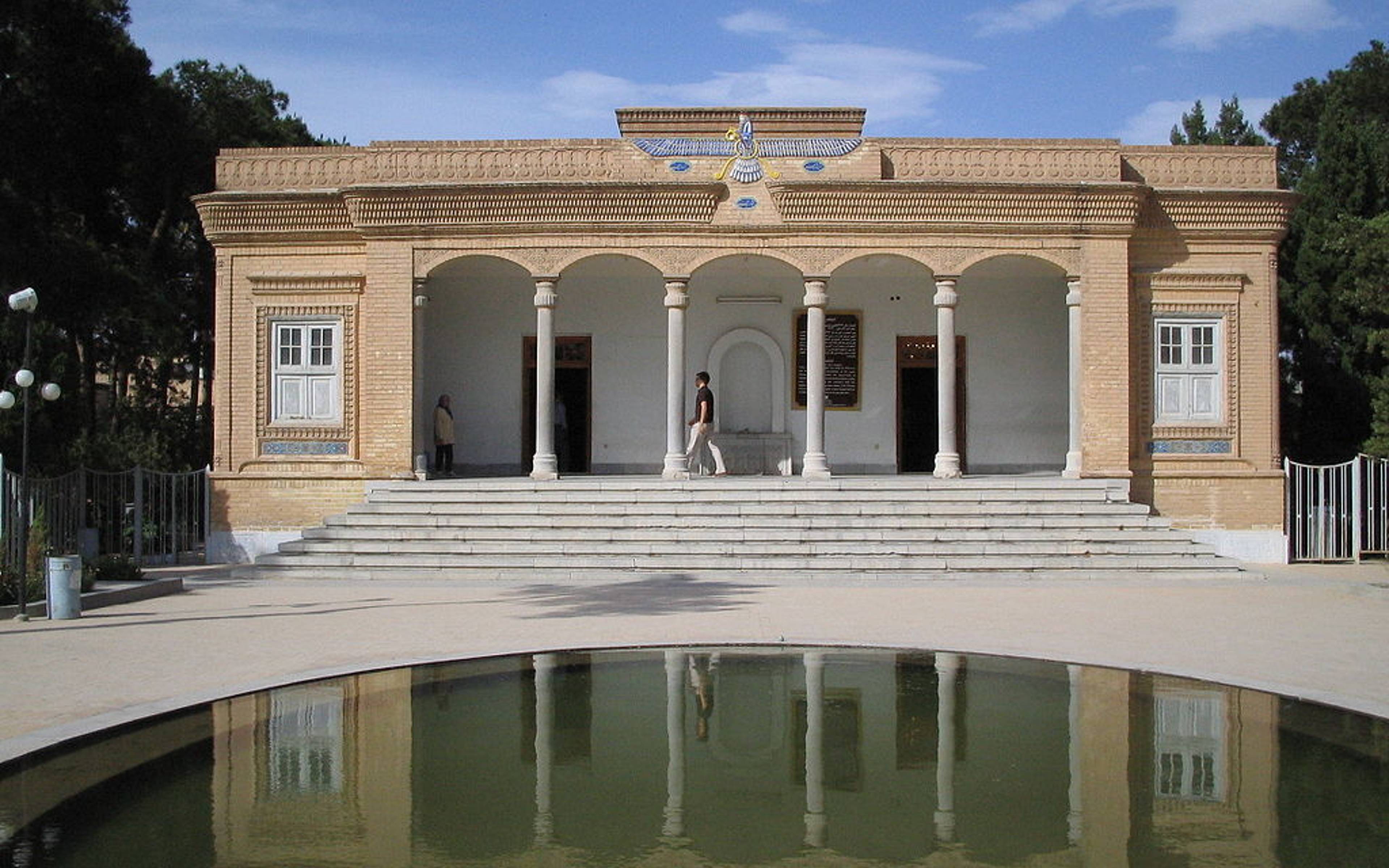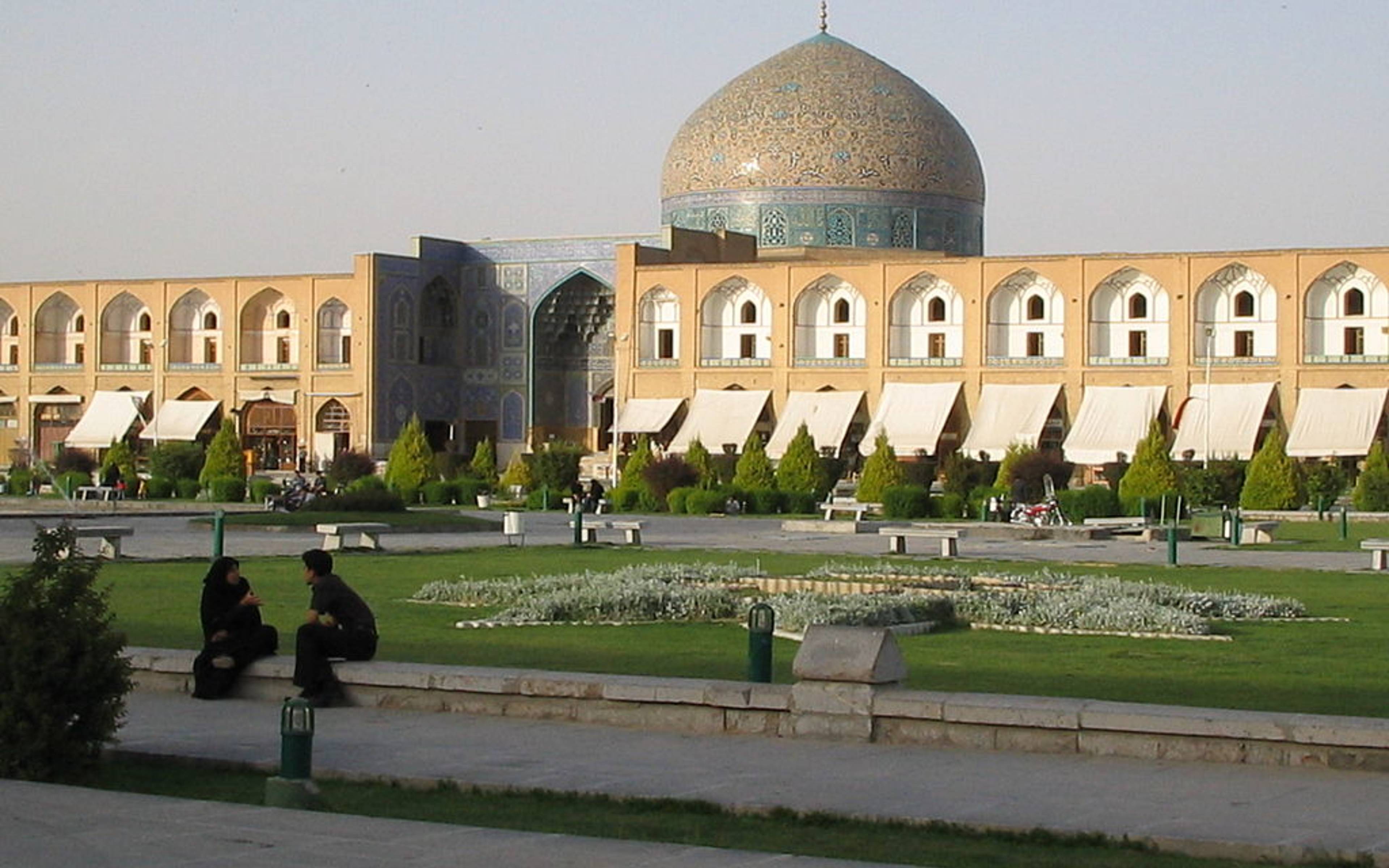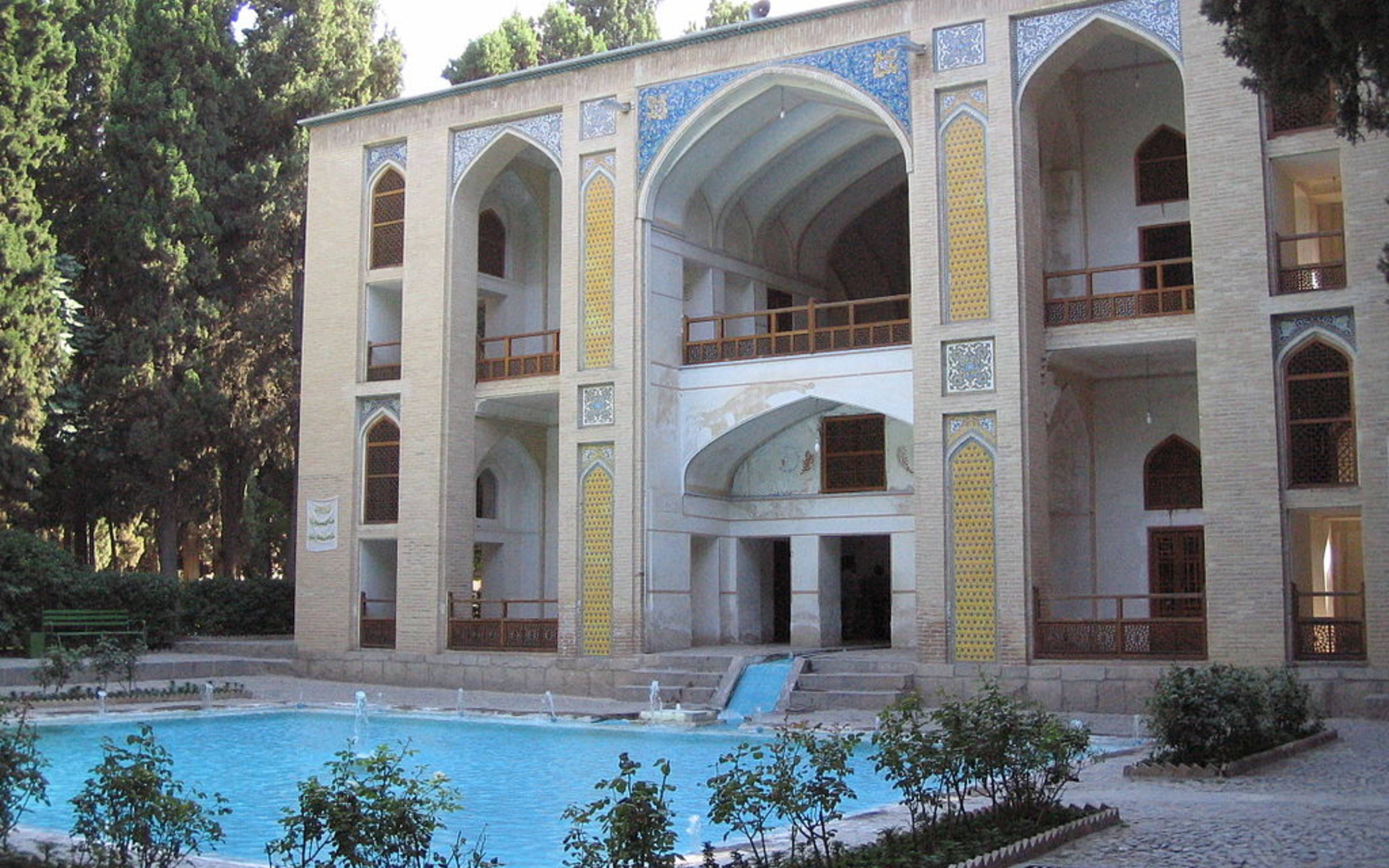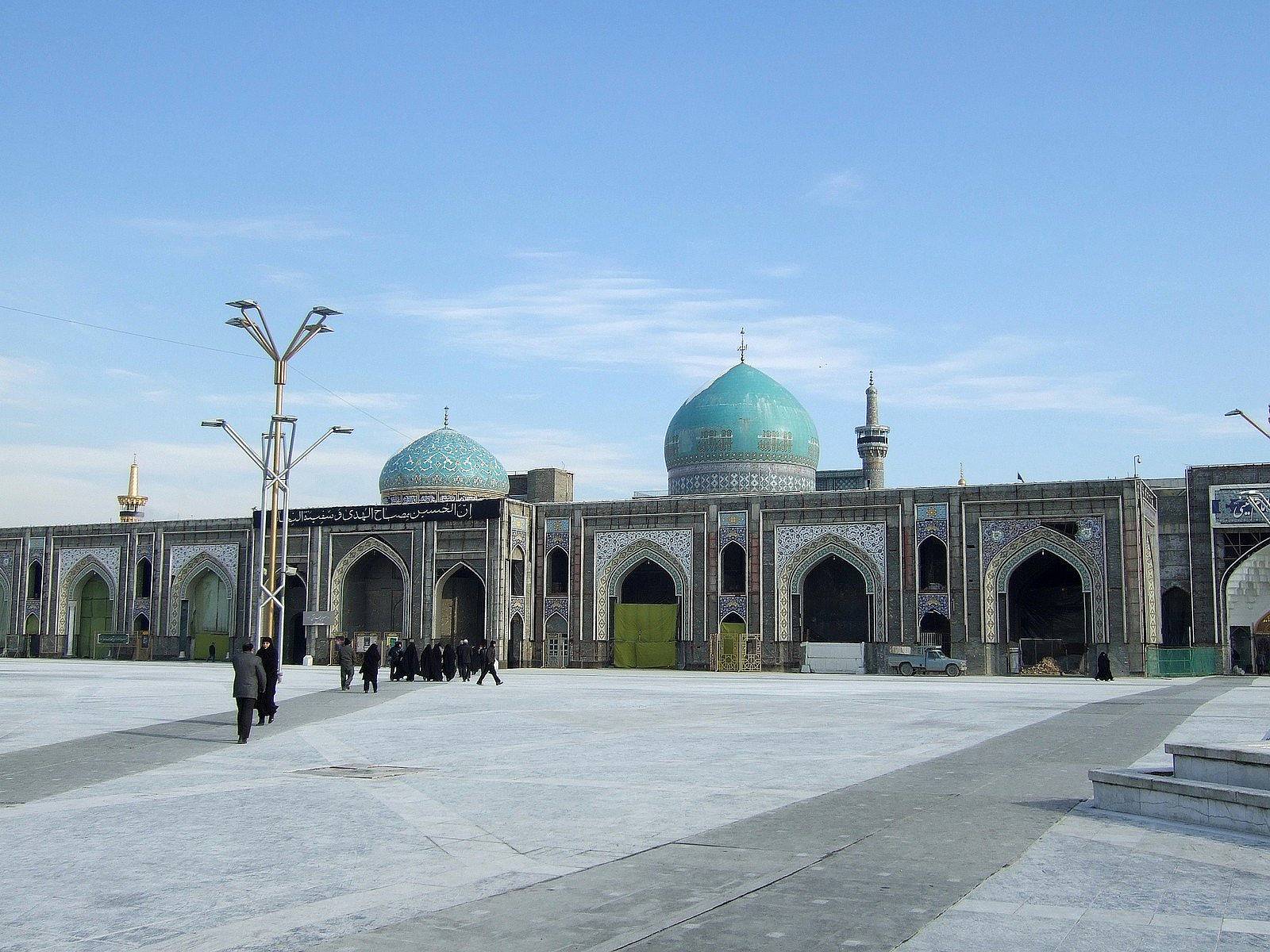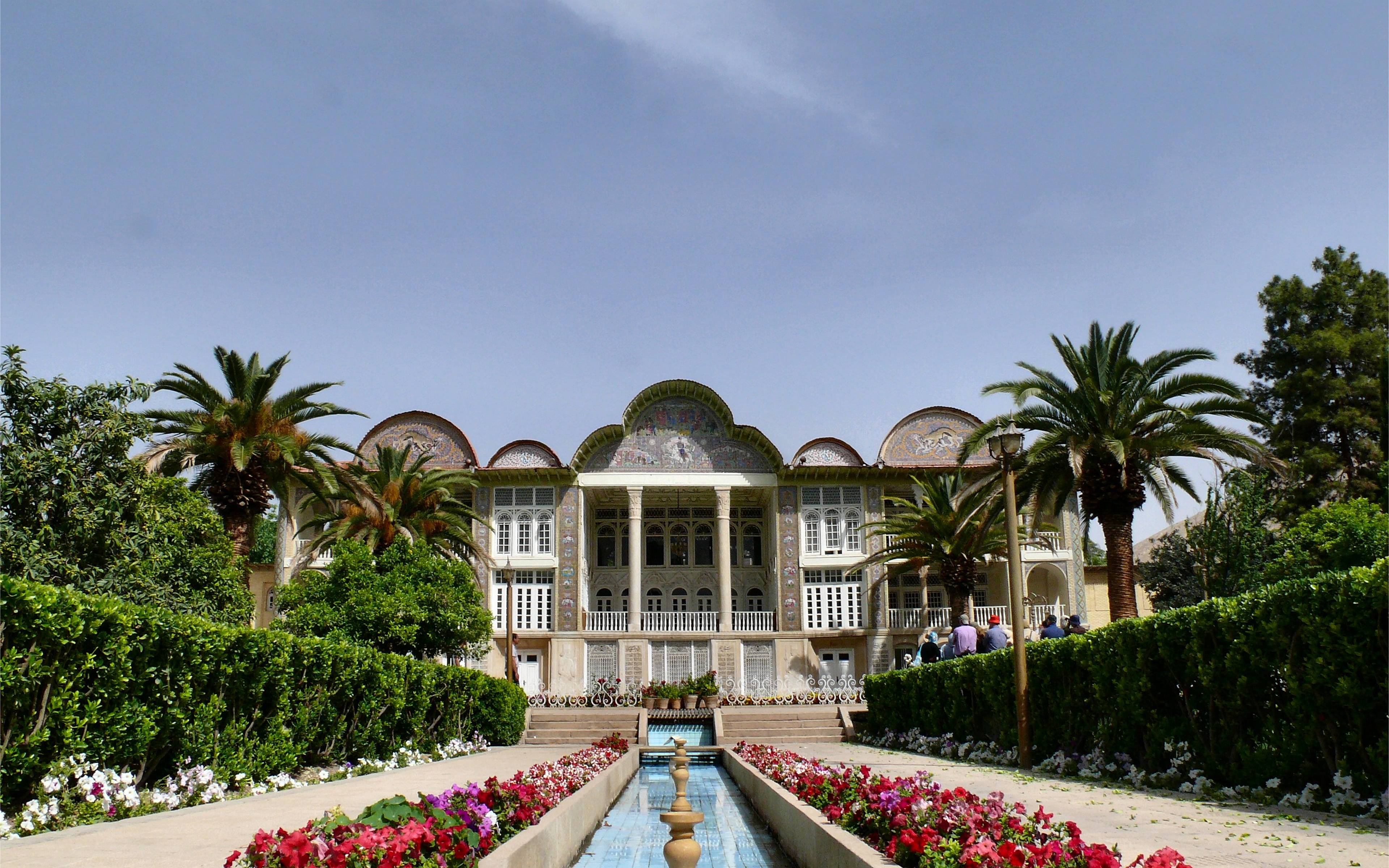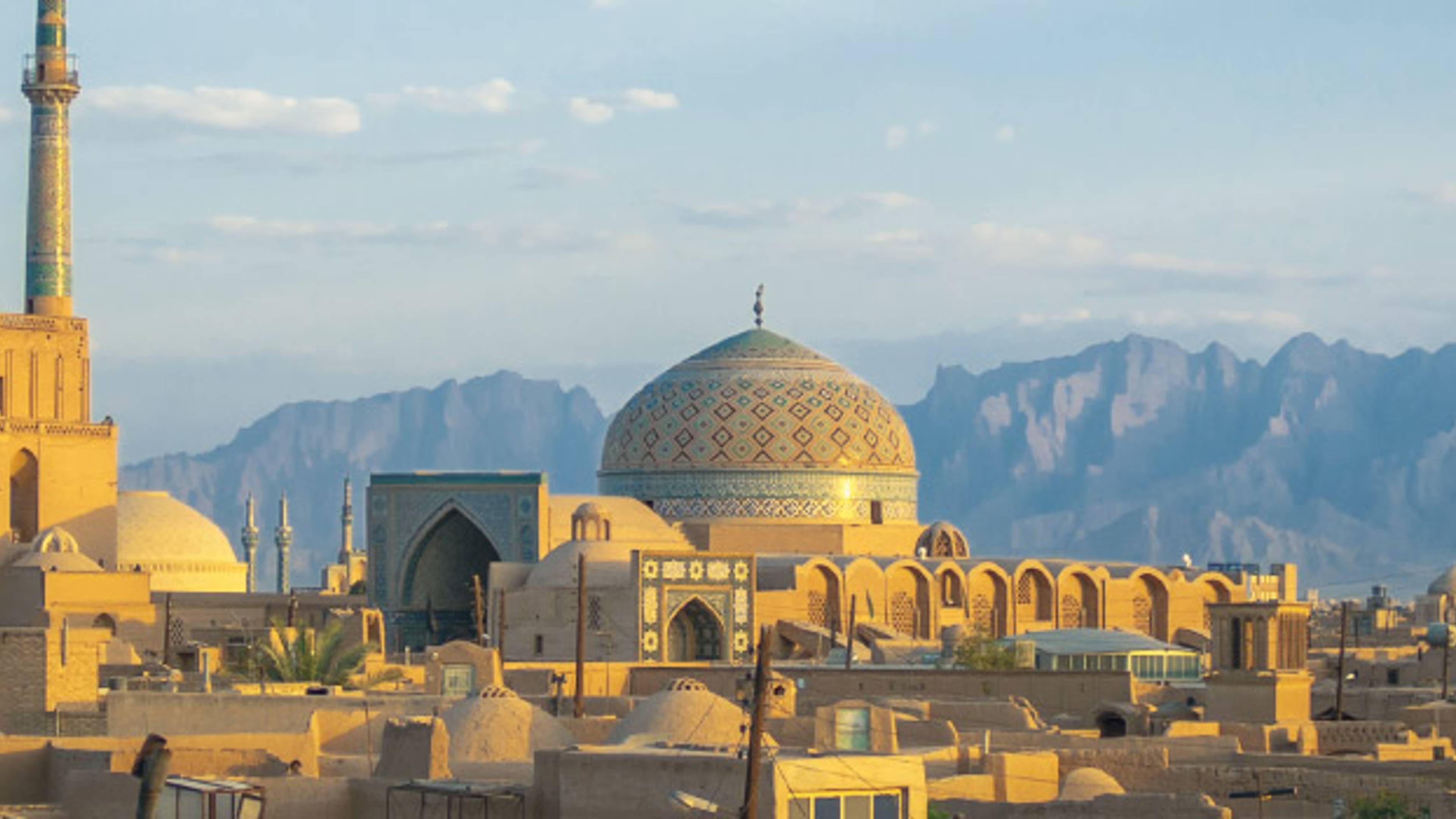

The 5 reasons to go to Iran
A trip to Iran... This destination is the object of many fantasies. But if you decide to go, I can guarantee that you won't regret it!
- 1Beyond the stereotypes
- 2Discover a rich, diverse and ancient history
- 3Enjoy a variety of landscapes, from deserts to high peaks
- 4Rethinking its relationship with poetry
- 5Discover the architectural wonders
1. Beyond the stereotypes
For over thirty years, Iran has been known for its international policy positions rather than for its rich, millennial culture and for its people who are among the most welcoming in the world. If you visit Iran, you'll have the opportunity to understand a much more complex reality than the simplified image it receives abroad, and you'll open your eyes to the diversity of Iranian society and to the richness of its history.
2. Discover a rich, diverse and ancient history
With a history including ancient civilisations in contact with Mesopotamia, empires which extended from the Greek coast to the Hindu Kush and which fought against the Romans, Muslims, Mongols, Ottomans and the Russians, Iran is a diverse land, with one of the longest continuous history's in the world. The product of a turbulent and millennial history, Iran has given humanity its first monotheistic religion (Zoroastrianism). It has managed to keep its language and culture despite the Muslim conquest and its scholars have bequeathed to the world some crucial technical breakthroughs for the future development of humanity.
3. Enjoy a variety of landscapes, from deserts to high peaks
Iran is a huge country and has an image of being one huge desert, but it offers landscapes which are much more diverse than this stereotype. Leave the deserts of Central Iran and its rocky hills behind, and go and discover the steppes and the highlands of the North West, the deciduous forests bordering the Caspian Sea, and the mangroves on Qeshm Island in the Persian Gulf. For mountain lovers, Iran also has ski resorts and peaks higher than 5,000 metres to offer.
4. Rethinking its relationship with poetry
Persian is a lilting language which produced many poets who are still adored by Iranians even if they've been buried for the last 700 years. Iranians have a strong relationship with poetry, a relationship which you can begin to understand by visiting Hafez's tomb in Chiraz or Ferdowsi's tomb in Neyshabour. Poetry also penetrates everyday life: its polite phrases can even bring a little beauty to those who are less fortunate.
5. Discover the architectural wonders
The ziggurat of Chogha Zanbil in South West Iran was built in the second millennium BCE. Persepolis, the capital of the Achaemenid Empire, was destroyed by the armies of Alexander the Great. The Sassanids disappeared under the advances of the Arab armies but their bas-reliefs have survived on Iranian cliffs. After the Mongol onslaught, Isfahan was transformed into an urbanised capital in a delicate and poetic way. The last Iranian Emperor built his Niavaran Palace in a very modern style. With its incredible architectural and historical riches, Iran will make lovers of old stones happy.
When to go in Iran?
Jan
Feb
Mar
Apr
May
Jun
Jul
Aug
Sep
Oct
Nov
Dec
The best time to visit Iran is from March to June, when spring makes the country (which is generally very dry) green again and temperatures are mild throughout all the regions. Although it can be interesting to travel to Iran in winter (notably to visit the desert regions which are ordinarily hotter and the south of the country), temperatures can be glacial in the north and east. During July and August, temperatures can be suffocating and the sun can be scorching.
What to see in Iran?
Top places to discover.
